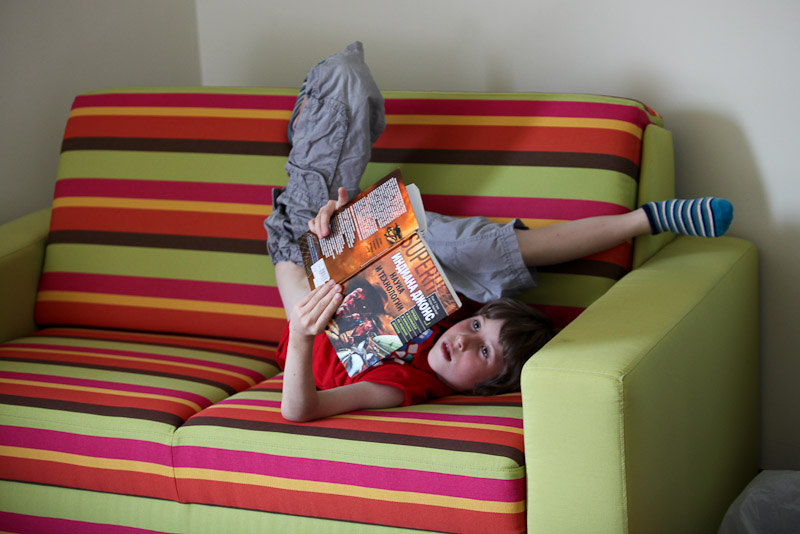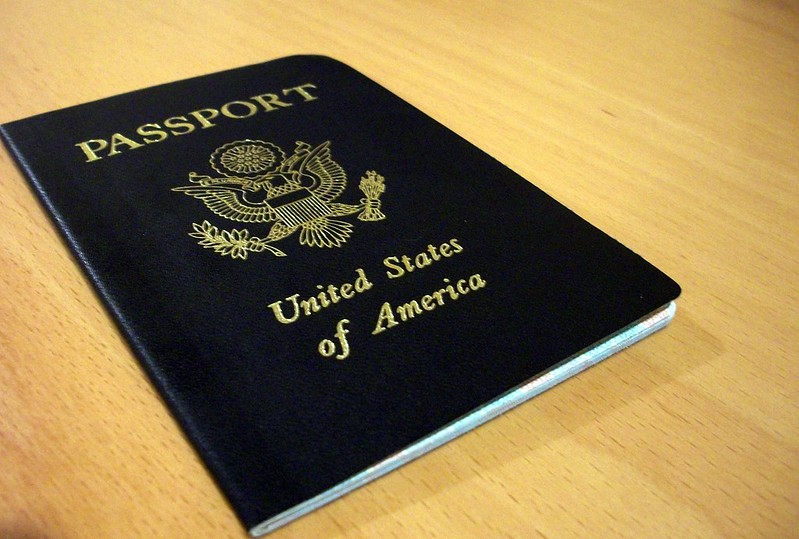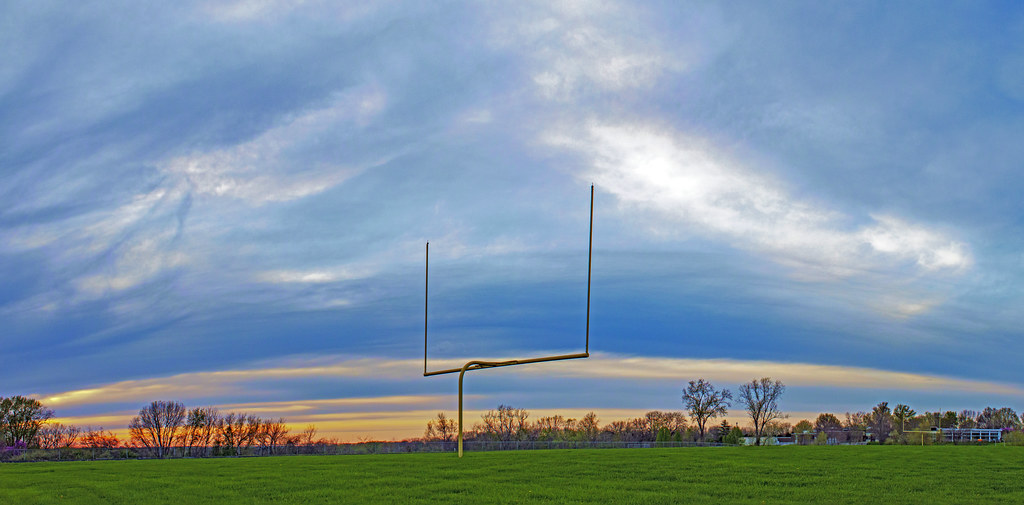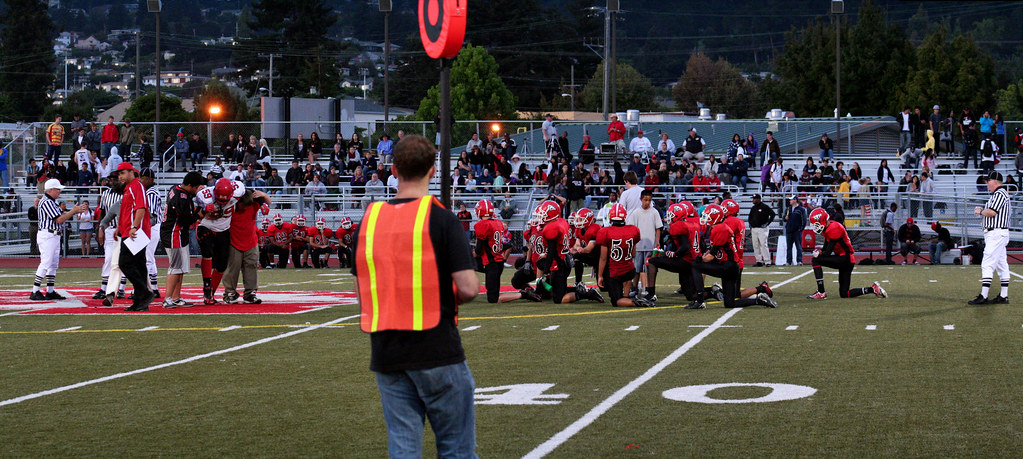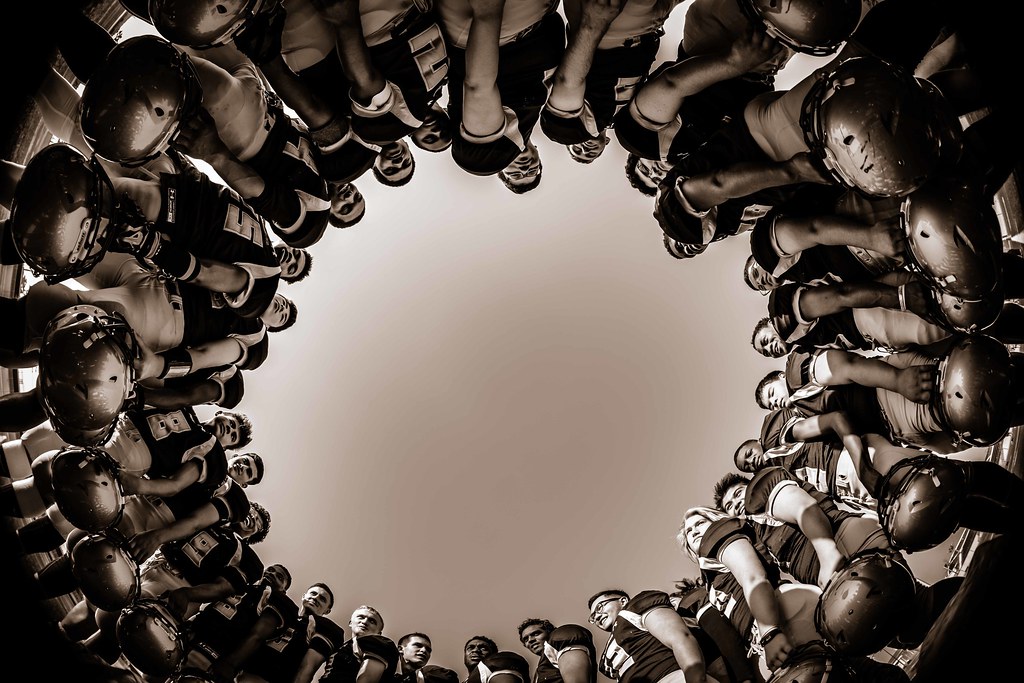It’s been an eventful, and often exhausting, year. I learned a lot about what’s important to me and what it means to be true to myself – hopefully more to come with those ideas in 2024!
Here are my top five events from 2023:
Top Surgery
When my eyes fluttered open in the recovery room as my anesthesia was wearing off after top surgery, I looked down at my bandaged chest and thought “Yes!” with a smile. The next morning was even better when my surgeon’s physician assistant cut off the bandages and put me in the binder I had to wear during the initial healing. My chest was flat!
I’ve felt nothing but happiness and joy in my new body – finally feeling like I have the body I’m supposed to have. One of my goals for 2024 is to share the full story of getting top surgery.

Ropes Course Day
After top surgery, I knew I wouldn’t be able to extend my arms above my head for six weeks. To enjoy the full use of my body before then, on the Friday before my surgery, I went to Flagstaff to do the Extreme Adventure Course with my friends, Nicole and Ariel. It was so fun to climb the trees and do the five levels of obstacles for about four hours.

Taking Lucy Jane to the Beach
Lucy loves being near the water – as long as she doesn’t have to touch it. I took her to Long Beach for a long weekend so she could experience Rosie’s Dog Beach. She had so much fun running and frolicking along the water’s edge.

Marathon Personal Record: 4:22:59
I sign up for races because they motivate me to work out. And they’re fun – in a masochistic kind of way. A marathon is a distance I won’t do on my own. I need the support and excitement of race day to run that far.
And then the Boston Marathon added a non-binary division. Whereas, my goal before was merely to finish, now I want to be fast enough to qualify for this venerated race. I shaved 11 minutes off my previous personal best this year – still a ways to go before I reach my ultimate goal, but I was excited to see so much improvement.

Seeing My Friends
I keep a jar on my bedside table, and every time something good happens, I write it down and add it to the jar. As I reviewed my happy memories from 2023, I saw that the majority of them were times spent with friends – often doing nothing exciting, just hanging out, enjoying each other’s company.
Even though I’m an introvert, and I need my down time, it’s becoming more obvious how much I enjoy and value staying connected to my friends. Whether it’s the friends I see every week when I volunteer at Aimee’s Farm Animal Sanctuary or the people that I see only a few times a year, you are all important to me.

Lessons Learned (or Re-learned)
Don’t put your face between the floor and the bed where your excited dog is likely to try to jump onto the bed through your nose
Don’t let direct sun hit your healing tattoo that’s covered with “second skin.” It feels like you’re cooking your skin/flesh.
Barely jogging is noticeably faster than walking.
The “purple spray” antiseptic used to treat the animal’s minor injuries at the farm sanctuary stains your skin purple.
Don’t ride your bike in running shorts. Always wear bike shorts. That 2mm of padding makes a big difference!
There is only one correct way to spell “Chanukah.”
According to my Garmin, I sleepwalk.
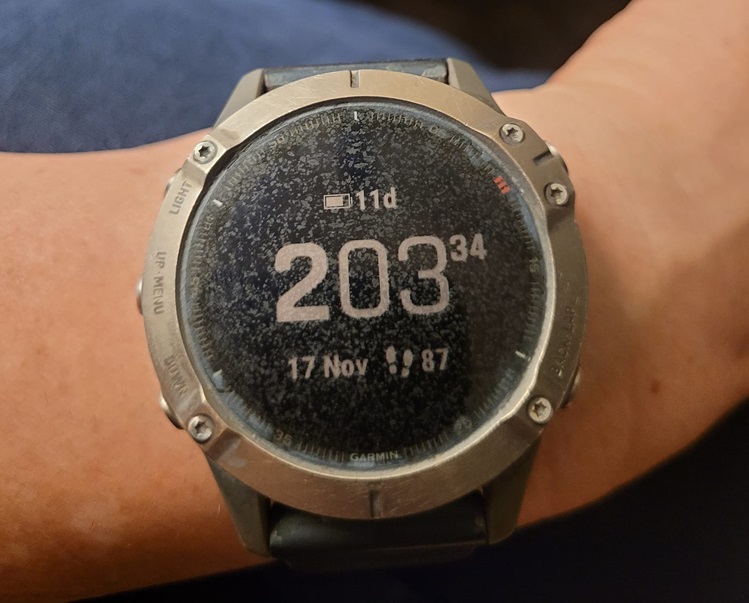
Firsts
Non-binary Race – Mesa Marathon
Spending a night in a hospital (not including when I was born)
Walking outside without a shirt after top surgery
Washing a cow
Finding $5 at the bottom of a pool – 13 feet down
Bone-conducting headphones
Walking across a state line – VA to DC
Biking up South Mountain to Dobbins Lookout
Food Firsts: Dole Whip (yum!), Cinnaholic cinnamon roll (yum!), starfruit (meh), oatmilk soft serve (pretty good)

First Visits to Sites: Cabazon Dinosaurs (CA), Giant Penny (CA), Continental Divide (NM), Suffragettes statues (TN), Parthenon replica (TN), Lincoln Memorial (DC), Albert Einstein Memorial (DC), Dr. Bob’s House – birthplace of AA (OH), Location of the Boston Tea Party (MA), Edgar Allan Poe statue (MA), World’s Biggest Wooden Gavel (IL), USA’s 2nd Largest Cross (IL), and Giant Cross with creepy life-size Stations of the Cross and homophobic propaganda (TX)
Giant cross = Open space with grass = Good place to stop on a road trip for Lucy to stretch her legs

Lucy’s Firsts
Trip to the beach
Subway ride
Doggy pajamas
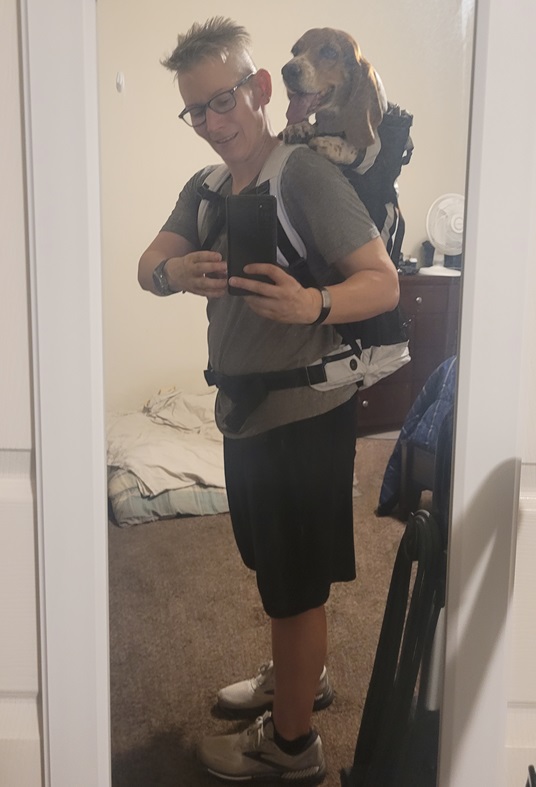
Adulting Merit Badges Earned
Purchased a major appliance (clothes washer)
Went to State Capitol to testify at a House of Representatives Committee meeting
Learned how to drive a tractor
Replaced a knob on my clothes dryer

In Memoriam
Hoomans: Burt Bacharach, Richard Belzer, Jim McHugh, Edward Kavanaugh (aka Prince K), Tina Turner, Bruce Press, Alan Arkin, Tony Bennett, Sinead O’Connor, Paul Reubens, Perry Nelson, Suzanne Somers, Richard Moll, Matthew Perry, Jeanne Seivert, Jesús Ociel Baena, Sandra Day O’Connor
Animal Friends: Ingrid, Gracie, Mochi, Poppi, Jonesy
Thank you to everyone who made 2023 a good year for me. Looking forward to more adventures and good memories in 2024.


